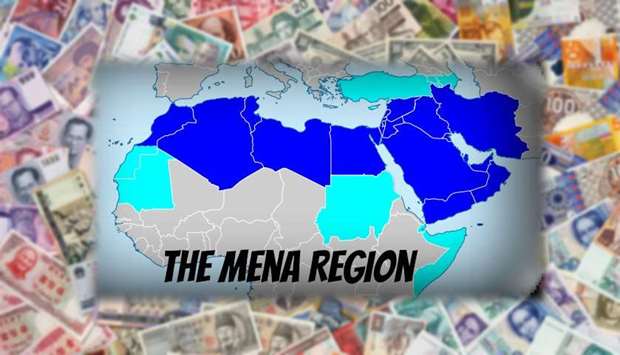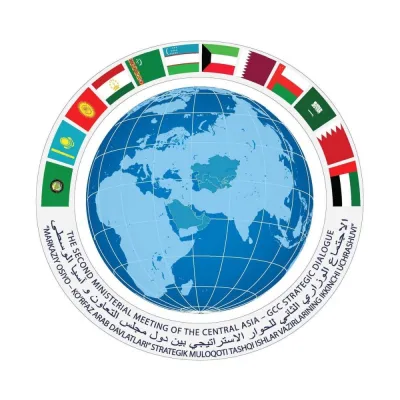The Middle East and North Africa (Mena) region witnessed relatively lower financial crimes than the global levels, according to Thomson Reuter’s findings.
As much as "45% of Mena respondents had been a victim of financial crime as opposed to 47% globally," Thomson Reuters said on a report, 'True Cost of Financial Crime'.
It said extensive third-party networks are evident in Mena, but just 42% of these relationships are fully screened at both the onboarding stage and on an ongoing basis. Whilst this percentage is higher than the global average, it is still very low and indicates that more work needs to be done in this important area, it added.
"Across the Mena region, 96% believe that bribery and corruption is an important issue to tackle and 97% are supportive of sharing compliance best practice by companies. In fact, the majority of respondents across the region support the idea of collaboration in the ongoing fight against all forms of financial crime,” Nadim Najjar, managing director (Mena), Thomson Reuters, said.
The survey uncovered some shortcomings, with respondents globally indicating that just 57% fully screen and classify risk; 52% fully conduct due diligence; and 52% fully monitor and refresh.
In Mena, only 59% fully implement workflow and process reports and just 60% fully conduct due diligence, it said, adding even though companies across the region are spending an average of 3.8% of their global turnover to fight financial crime, gaps in compliance remain.
Within the region, 57% believe that the consequence of this bribery and corruption will be less government revenue. Mena was the only region where the highest proportion of respondents selected this answer with more than 90% of respondents agreeing with the statement "we struggle to educate and influence colleagues on bribery and corruption in some regions."
On rooting out financial crime, reliable and complete data is a critical requirement needed to develop a 360-degree view of risk. Additional Thomson Reuter’s research has revealed a plethora of challenges that organisations encounter, specifically relating to third party risk data. These include unreliable risk data sources, insufficient availability of risk data and poorly connected data sources.
The global average was reported as 7693, but rose to 9007 in the Mena. Whilst this figure is substantially higher than the global figure, it remains some way off the numbers reported across Latin America and the Caribbean, where companies have an average of 12,985 relationships, the highest reported across all regions surveyed.
Globally, an average of just 59% of these relationships is screened with regard to the issues of bribery and corruption; money laundering; fraud; theft; cybercrime; and human trafficking. In the Mena, this figure rises to 65%.
.



